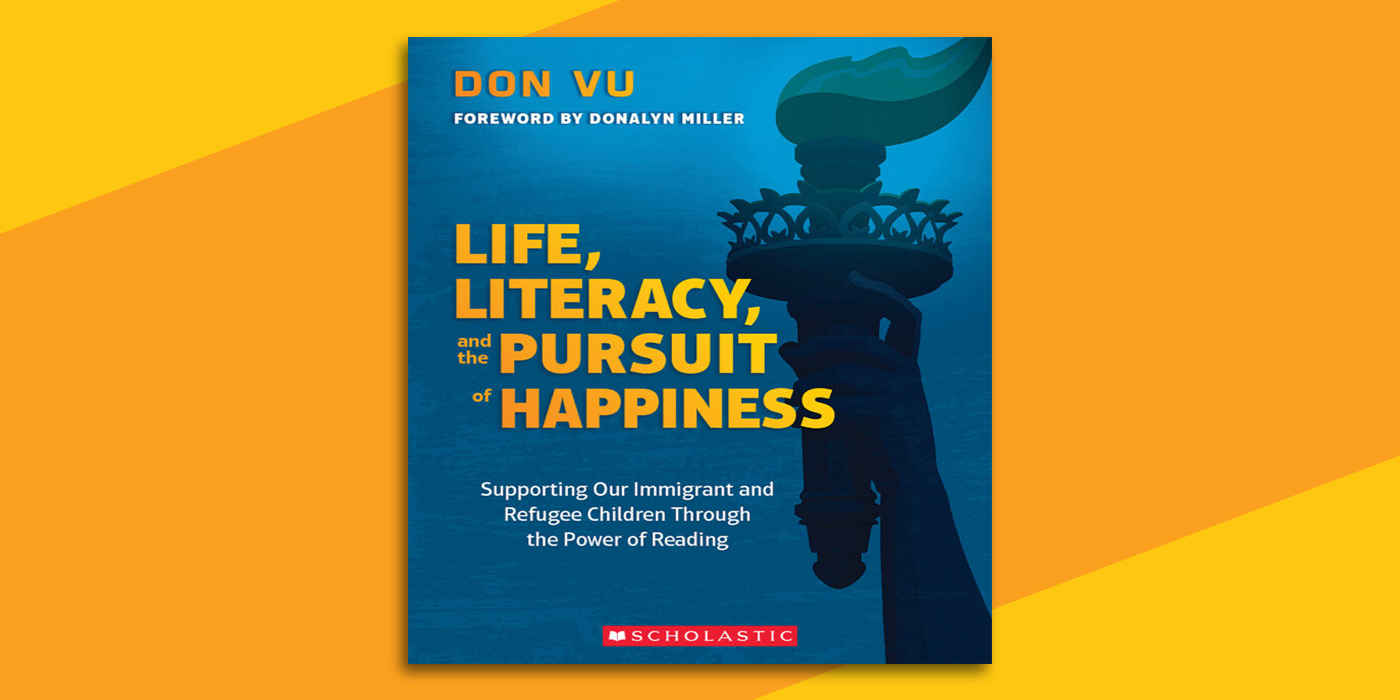Don Vu is the author of Life, Literacy, and the Pursuit of Happiness.
In the minds of many immigrants and refugees, there is an “immigrant tax” to pay for living in America. If you weren’t born here but want to benefit from everything America has to offer, you’ll have to bow your head and accept certain things in American life, such as racism and inequality. However, some immigrants and refugees develop the “audacity of equality”— the idea that all Americans have equal rights and protections no matter where they come from. They don’t tolerate being mistreated and they don’t ignore injustice.
Not having the audacity of equality is the reason why, amidst the recent skyrocketing cases of crimes against Asian Americans, many of the silent victims are elderly or recent immigrants: because they concede that this is the price you pay for living in America. And, possessing the audacity of equality is why you see the next generation of Asian Americans—from actors to activists—stand up and say, “This is our America and we will no longer accept inequality and injustice.”
So, how do we as educators instill the audacity of equality in our own students? How do we help them develop a sense of pride for who they are and help them understand their importance in America? As often is the case, the power of literacy can play a critical role.
Share the stories of immigrants and refugees
Dr. Rudine Sims Bishop, who made popular the idea of windows, mirrors, and sliding glass doors in children’s literature once said, “When children cannot find themselves reflected in the books they read, or when the images they see are distorted, negative, or laughable, they learn a powerful lesson about how they are devalued in the society of which they are part."
If we are serious about empowering all of our students, we need to ensure that the stories they read in our schools are a reflection of them and their importance in society. Imagine reading aloud Dreamers, by Yuyi Morales, to a student who is a new immigrant searching for belonging in this country.
As you read and talk about this migrant story and the gifts the characters bring with them from their home countries, consider the impact on the child when they see themselves reflected in a book that celebrates immigrants. They become just a bit more visible and feel that much more significant. When students see that their stories are important enough to be shared in school, they will begin to realize the audacity of equality, that they are important and valued members of this great country.
Tell the story of America
We need stories that teach children, from an early age, where immigrants and refugees fit in the history and future of America. It is undeniable that immigrants and refugees have significantly contributed to the success of this country. Books that can be shared in classrooms include non-fiction titles that highlight the people who have made significant contributions to this country—those who make America beautiful.
Students can explore the lives and contributions of 15 extraordinary immigrants who helped shape America in Home of the Brave: An American History Book for Kids by Brooke Khan. From Albert Einstein to Carlos Santana, kids can learn about great Americans who were once new immigrants to this country themselves.
For far too long, our immigrants and refugees (as well as their stories) been relegated to the margins of society and our classrooms. When we make their stories visible and celebrate them, we can build a foundation of pride and citizenship that can make our schools and country better for all. With the audacity of equality, these students will leave our schools empowered to make a difference in their lives and in the world.
What you can plan for tomorrow
Put on an American History Hall of Fame event in your school or classroom that is focused on the contributions of immigrants and refugees. Students can research and present on the person of their choice. This will give all students opportunities to learn about the importance immigrants and refugees play in American history and culture.
Find a picture book about the immigration or refugee experience. Read aloud to students and discuss with them the issues and challenges immigrants face.
Find a valued community member who is an immigrant or refugee and invite them to be a guest speaker in your classroom. Your immigrant students will appreciate seeing a visitor they can relate to and have a connection with. Your non-immigrant students will have an opportunity to hear the story of someone with a different perspective. Usually, this works well when the visit is related to a unit of study in class (see #2 above or #4 below).
Review your social studies curriculum and ensure that different perspectives—especially of those who have been traditionally left out of American history books—are included and taught. If not, you can supplement your curriculum to ensure American history is inclusive and multicultural. And, remember this the next time there’s a new curriculum adoption!
For more information
For a list of children’s books that tell immigrant and refugee stories as well as additional resources for educators serving immigrant and refugee communities, visit www.drdonvu.com.
